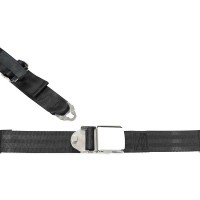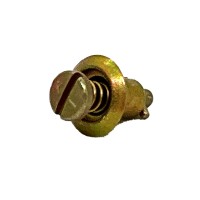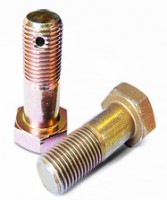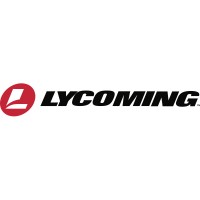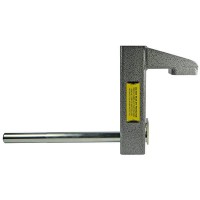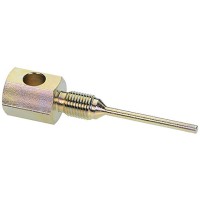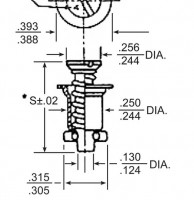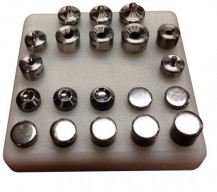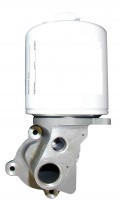1-877-795-2278 | info@aircraftspruce.ca
Aircraft Spruce Canada
Brantford, ON Canada
Corona, CA | Peachtree City, GA
Chicago, IL | Wasilla, AK
Aircraft Spruce Canada
Brantford, ON Canada
Corona, CA | Peachtree City, GA
Chicago, IL | Wasilla, AK
FREE SHIPPING ON ORDERS OVER $699 (SOME EXCLUSIONS APPLY) | 877-795-2278
Virginia Class Submarine Model
$403.00/Each
Part# 13-11126
MFR Model# MBSVC1TR
MFR Model# MBSVC1TR
Overview
|
Virginia Class Submarine was intended to be comparable in most respects to its immediate predecessor - the Seawolf - but in a more affordable configuration. The missions of Virginia include Covert Strike Warfare, Anti-Submarine Warfare, Covert Intelligence Collection/Surveillance, Covert Indication and Warning and Electronic Warfare, Anti-Surface Ship Warfare, Special Warfare, Covert Mine Warfare, and Battle Group Support. The Virginia class submarines are the first class of submarine to be designed and influenced by post-Cold War needs. With the emphasis no longer on open ocean SLOC (Sea Lanes of Communication) warfare against the Warsaw Pact, the Virginia, though still capable of traditional ""blue water"" deep ocean missions, focuses on ""littoral"" missions, specifically special operations support, intelligence gathering, and counter mine operations. While it carries the same weapons as its Cold War predecessors (the Seawolf class and Los Angeles class attack submarines) its weapon load out is significantly smaller (roughly half that of the Sea Wolf.) In addition, where the Seawolf featured eight 660mm ""swim out"" low transient signature torpedo tubes, the Virginia is armed with only four conventional 533mm tubes. The Virginias however, are the first class of submarine specifically built to incorporate the regular use of ROV sensors. The SSN 774 was christened on August 16, 2003, and is undergoing dockside outfitting and testing. Virginia started builder’s trials in 2004. |
Q&A
Please note, Aircraft Spruce Canada's personnel are not certified aircraft mechanics and can only provide general support and ideas, which should not be relied upon or implemented in lieu of consulting an A&P or other qualified technician. Aircraft Spruce Canada assumes no responsibility or liability for any issue or problem which may arise from any repair, modification or other work done from this knowledge base. Any product eligibility information provided here is based on general application guides and we recommend always referring to your specific aircraft parts manual, the parts manufacturer or consulting with a qualified mechanic.

 Aircraft Spruce Canada
Aircraft Spruce Canada






